Seramis for orchids: how to use it?
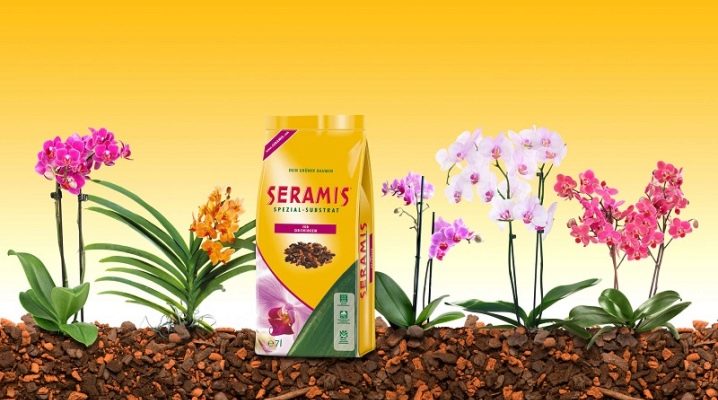
The appearance on the flower market of the potting mix for orchids "Seramis" greatly facilitated the work of flower growers. A feature of the soil is the absence of harmful elements, thanks to which the plant can breathe freely. Let's consider what other features this product has.
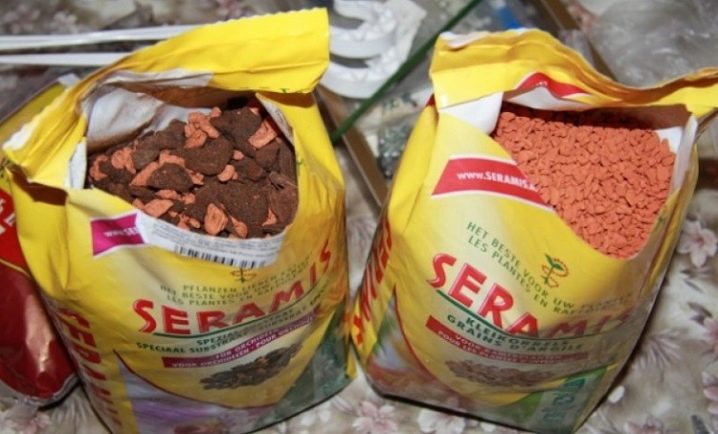
What it is?
At the heart of the "Seramis" soil is high-quality processed red tape clay. Before getting to the showcase, the composition goes through several stages of processing. First, the clay is selected, then dried, then cleaned by settling in water and dried again. Annealed and granulated clay is supplied to the flower department in several varieties. For orchids, two varieties are commonly used.
General purpose substrate. Works as a source of water storage. It absorbs liquid in an accelerated mode and gradually provides it to the culture. This ability prevents the flower from flooding and at the same time prevents it from feeling the need for moisture.
"Seramis for Orchids". At the heart of such a soil contains the bark of Mediterranean pine and a combination of nitrogen-phosphorus-potassium elements, the proportions of which are focused on increasing flowering.
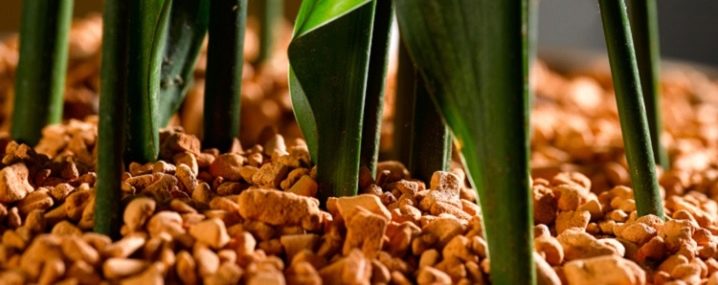
General purpose seramis can also be classified into several types.
Large granulated. This type is suitable for picky orchids. It can be found under the name Orhidan.
Medium granular. Suitable for all household crops. Phalaenopsis grow well from orchids in such a mixture.
Fine-grained. Least preferred for orchids. As part of small granules, a fragile flower will feel uncomfortable.
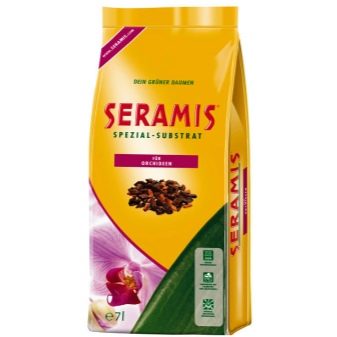
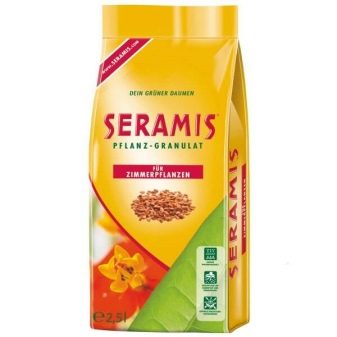
Advantages and disadvantages
The main advantage of the presented soil can be considered reliable protection against the development of fungal ailments and insects. Neither mold nor pests like to multiply in the environment provided by the "Seramis" composition. Another plus of the soil is its large-pore structure, due to which the mixture is not capricious to the quality of water.
For comparison, hydrogels and zeolites from hard water deteriorate after a few years, and "Seramis" with the same watering will last until the end of the plant's life.
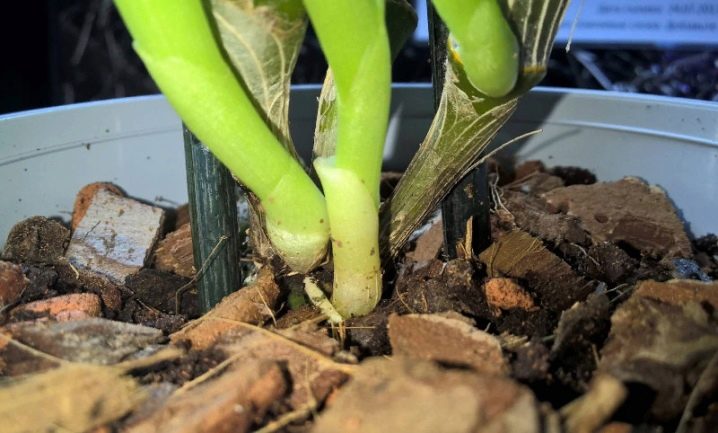
It is important to note other advantages of the soil.
The flower develops much faster due to the continuous feeding of the minerals contained in the product.
The soil is suitable for use in planters. Reliably retains moisture, prevents fluid from flowing through the drain. When using it, there is no need for a pallet.
It does not need to be systematically updated, since all its nutritional properties are not lost during operation.
Well suited to mix with normal soil.
Allows the roots to breathe constantly due to its porous structure.
Reuse is possible. Before new use, the soil is rinsed and calcined in an oven at a temperature of 200 degrees for 30 minutes.
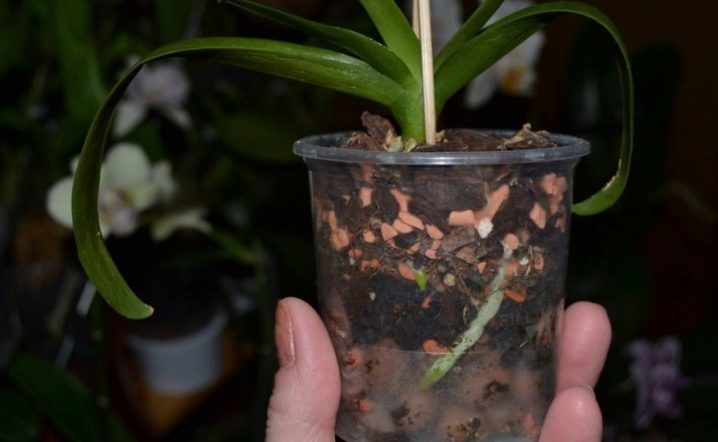
Among the shortcomings, the high cost of raw materials is noted, however, all growers agree that the price is fully justified, especially given the possibility of reusing the mixture.
Also, the disadvantages include the low availability of the material: "Seramis" can not always be seen on the shelf of a flower shop.
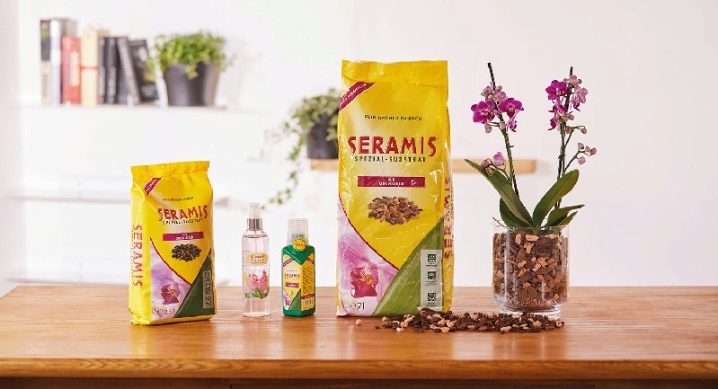
How to use
According to the representatives of the Seramis company themselves, the complex is suitable for all types of orchids, although according to the personal experience of some flower growers, this is not entirely true. In their opinion, it is preferable to use a mixture for phalaenopsis.Many florists have managed to grow Cattleya, Wanda, Dendrobium, Miltonia orchids using this product.
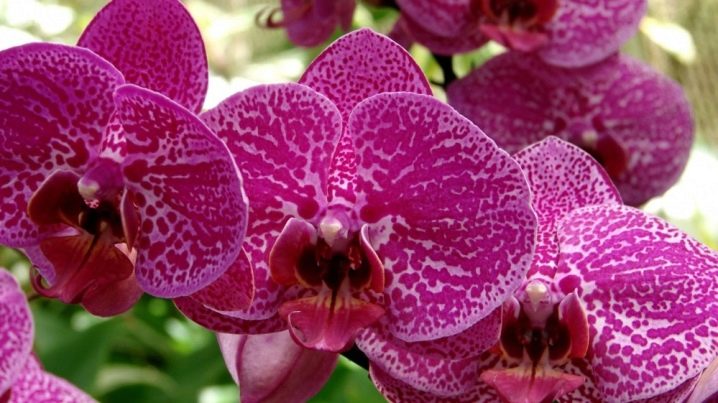
To transfer a flower to this soil, use the following transplant instructions.
Choose a convenient time for the transfer. It is important that by this time the orchid has already bloomed. At the same time, the peduncle is eliminated so that after transplanting the flower resumes its vital energy.
Prepare nail scissors or garden pruners sterilized in alcohol, Seramis substrate, disinfectants for sections (alcohol-free preparations or activated charcoal are suitable), a plastic container larger than the previous pot, and a moisture indicator.
Carefully remove the flower from the old flowerpot so as not to injure its roots. It is not recommended to moisturize the plant before manipulation. Often, for the safety of the flower, when removing it, it is required to split the container into parts.
If the roots are not cleared from the old soil, then it's okay. Do not get hung up on this process, "Seramis" goes well with other soils.
Examine the roots carefully for fungi or pests. If signs of illness are found, then immerse the specimen in warm, clean water. If after that you additionally process the roots with special means, then the culture can be considered saved.
Remove loose and dry roots, disinfect the cut sites with crushed charcoal or an antibacterial agent. Remove dried and unhealthy leaves and soft hollow bulbs. Also treat the sections with disinfectants.
Let the roots dry for at least 8 hours.
Disinfect the pot, put a drainage layer on the bottom.
Gently lower the dried roots with a flower into a new pot, filling the entire container with the Seramis mixture. Do not cover aerial roots.
In an earthen lump (not in "Seramis"), stick the moisture indicator and pour the flower with water in the amount of ¼ of the volume of the new container. Check the readings after a couple of hours: if the red color changes to blue, then the desired humidity level has been reached; if the color turns out to be blue, it is recommended to add water to the pot every hour until the indicator turns intensely blue.
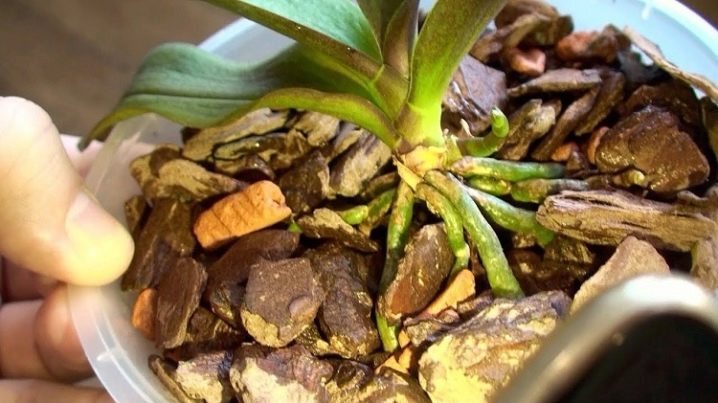
Recommendations
There are some more nuances when using "Seramis". Experienced growers give several additional recommendations for the use of soil.
Despite the fact that eggs, larvae and mold do not survive in this compositionWhen using rainwater, this problem cannot always be avoided. Rainwater contains micro-dust, which gradually accumulates between the soil granules, and pathogens feel quite comfortable in these intervals. Therefore, do not use rainwater when watering orchids.
You should not consider "Seramis" a nutritional composition. When using it, the plants also need to be fed regularly. For flowers grown in "General Purpose Seramis", any complexes are suitable. If "Seramis for Orchids" is used, then it is required to fertilize the flowers only with dressings from the Seramis line. When transferring a culture to a new fertilizer, it is necessary to wait until it is completely starved, and only then start using the new composition.
The next tip concerns the storage of Seramis. All of its varieties do not require special conditions for this and they can be stored in torn and sealed packaging, preventing the ingress of moisture and air. However, Seramis for Orchids should not be stored in an opened bag. It is best to use the purchased mixture completely in one go. But if this is not necessary, then the container is also sealed with tape, put in a sealed plastic bag, re-sealed with tape and stored in a dark room at a maximum temperature of +22 degrees.
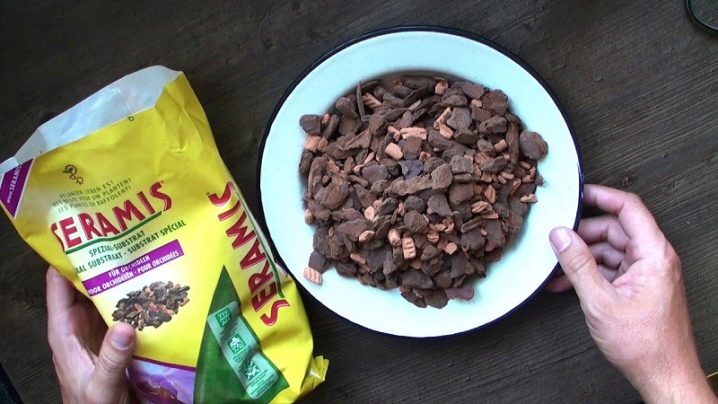
Reviews
The overwhelming majority of reviews about "Seramis" are positive.Florists note that having tried the soil on other indoor plants, without hesitation, they transferred the orchids to the same composition. Some managed to save the dying specimen thanks to "Seramis". Phalaenopsis are mainly grown on this mixture, but users share the secrets of transplanting ondicium, miltonia, dendrobium into the soil. The disadvantage is the high price of the product.
However, resourceful florists save the mixture by mixing it with cheaper expanded clay, intended for growing indoor flowers.
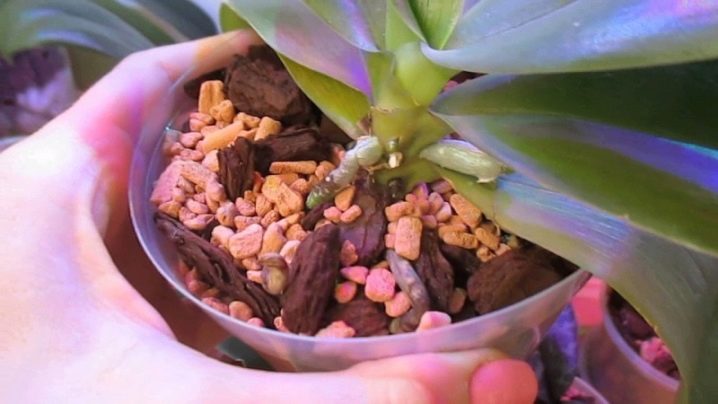
About what "Seramis" and "Ceoflora" are for orchids, see the video below.































The comment was sent successfully.